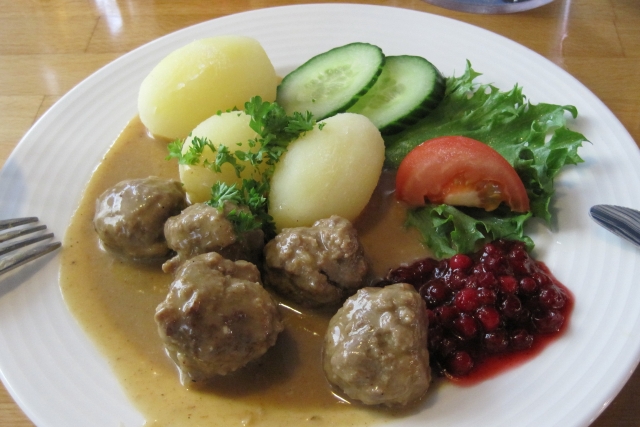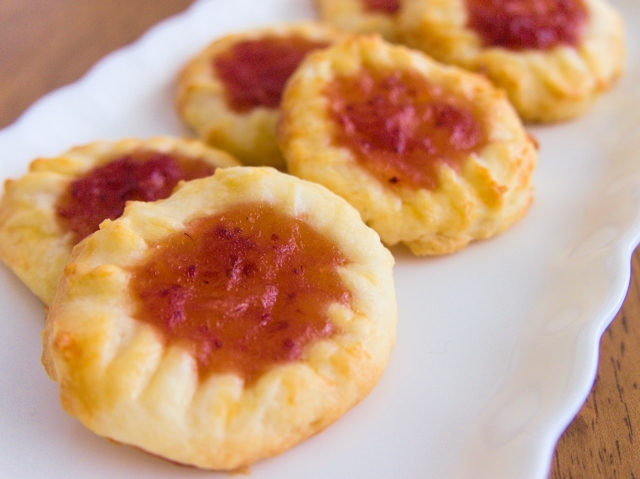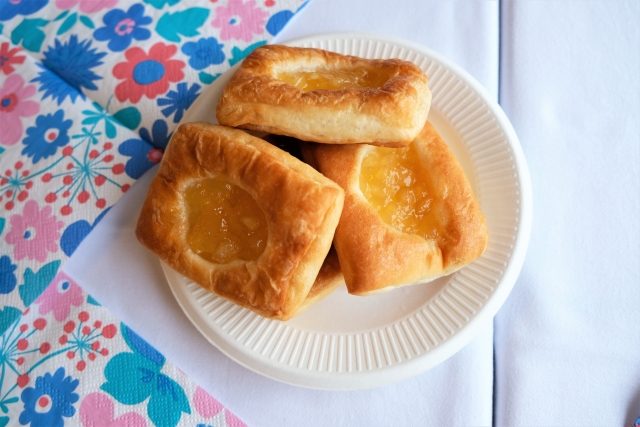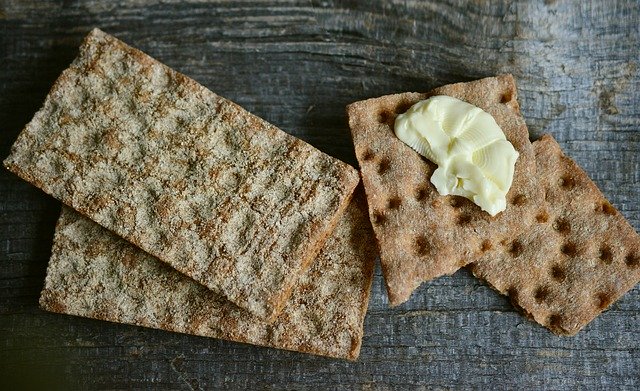Lingonberry: An essential berry in Scandinavian cuisine
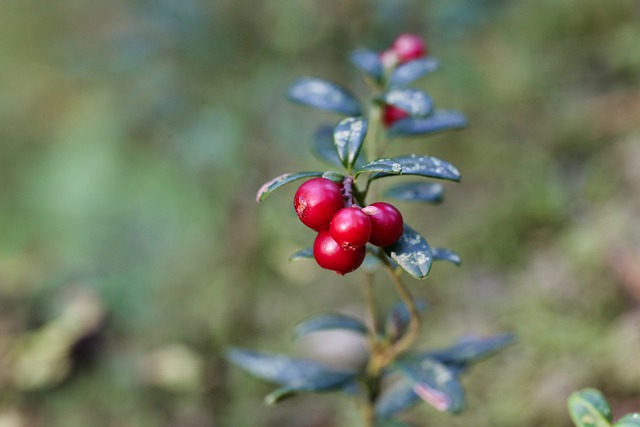
In Scandinavia, there is a berry called lingonberry, which has beautiful red berries. Lingonberries, which grow hardy in cold climates, have long been eaten in northern Europe as a valuable source of winter nutrition. Lingonberry is often processed into jams and sauces, and in Scandinavia, lingonberry jam is a topping for various dishes.
In this article, I would like to introduce the characteristics of lingonberries, a small fruit popular in Scandinavia.
Lingonberry Characteristics
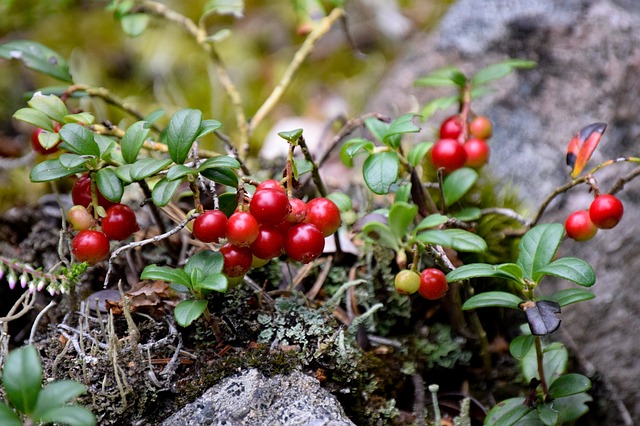
Lingonberry is a type of berry characterized by its bright, glossy red berries. It is an evergreen shrub belonging to the same genus as blueberry and grows mainly in the cold regions of northern Europe.
In Scandinavian countries such as Sweden and Finland, lingonberries are one of the most familiar berries. Scandinavian families have long harvested lingonberries, which grow wild in the forests, and processed them into jams and sauces for spreading on bread or as an accompaniment to meat dishes.
Lingonberry jam has a fresh, sweet, and sour flavor that pairs surprisingly well with hearty meat and fish dishes. Lingonberries are also rich in polyphenols and vitamin E. In recent years, they have attracted attention as a superfood due to their high nutritional value.
In the nature-rich Nordic countries, wild berries such as lingonberries and blueberries are everywhere, just a short walk into the forest. In addition, a Nordic law called the “Right of public access to the wilderness” permits free access to the forest and activities such as gathering berries and mushrooms, camping, swimming, and fishing.
This is why people living in Scandinavia can visit their neighbors in the woods and pick lingonberries. The “The World Championships of Berry Picking” in Finland is another unique Nordic event where wild berries are a familiar sight.

![The World Championships of Berry Picking] Finnish Festival of Berry Picking](https://hokuou-info.com/wp-content/uploads/2021/07/8fbd22cec893e73686381ddd77515c9f-640x360.jpg)
Lingonberry growing area
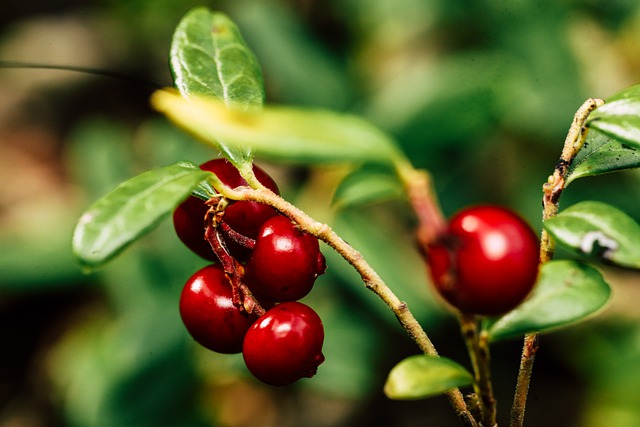
Lingonberry is cold and hardy enough to withstand temperatures as low as -40°C (-40°F) and grows well even in poor soil. But, on the other hand, it is also susceptible to heat. Therefore, the main habitats of lingonberries are concentrated in cold regions, with Scandinavian countries, northern Europe, Russia, and other northern parts of Eurasia, Alaska, and North America as their native countries.
Lingonberry also grows wild in Japan, with the highlands of Hokkaido and Kyushu regions known as its habitat. In Japan, however, the area where it grows is limited, and its collection is so severely restricted that Tottori Prefecture has designated it a “National Endangered Species” by ordinance.
Commonly processed into jams and sauces for preservation
In Scandinavia, lingonberries are rarely eaten raw; they are usually prepared into jams, sauces, compotes, and other processed foods or frozen. This is because fresh lingonberries have a strong sour taste and are unsuitable for raw consumption.
Therefore, they were boiled with sugar to neutralize the acidity and then eaten as jam. To make lingonberry jam at home, the lingonberries are boiled down along with plenty of sugar.
Also, preservatives are usually added along with the jam. However, lingonberries contain benzoic acid, an ingredient that prevents the growth of microorganisms such as lactic acid bacteria and molds that promote fermentation. This is why homemade lingonberry jam can be stored relatively long without artificial additives. And when it comes to the highest quality lingonberries, they are sometimes mixed raw with sugar without cooking and made into jars of jam.
Used in Scandinavia as a garnish for dishes
Lingonberry jam may still need to be familiar in Japan. However, in Scandinavia, it is a staple jam that every household has on hand. Lingonberry is an ingredient that was initially popular in Scandinavia for centuries.
In the cold climate of the Nordic countries, crops hardly grow in winter, and vitamin deficiency in winter was a significant issue, especially in the past when preservation technology was not yet developed. With its solid cold tolerance, Lingonberry has a long history of being highly valued as a valuable source of vitamins in winter, and lingonberry jam is still an essential ingredient in traditional Nordic cooking.
Lingonberry jam can be served with cakes, breakfast bread, and meat and fish dishes. In fact, meat and sweet jam are prevalent in Scandinavian and European countries where meat dishes are widely eaten. This is a unique way of eating meat from the Japanese point of view, but the jam’s sweetness and acidity alleviate the meat’s fatty taste, so the two go surprisingly well together.
A typical example is meatballs, a traditional Swedish dish. Lingonberries are always topped with mashed potatoes and white sauce to accompany meatballs, a Swedish national home-style dish. Lingonberry jam is also used as a sauce in other traditional Scandinavian dishes, such as blood sausage and potato cake.
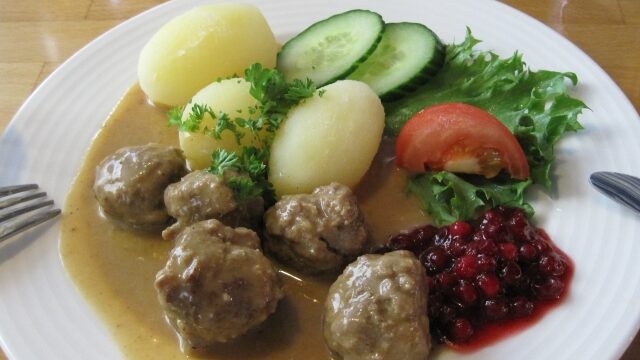
How to enjoy lingonberries in Japan?
To enjoy lingonberries in Japan, use Internet shopping or buy commercial lingonberry jam at imported grocery stores such as IKEA or Kaldi Coffee Farm. Jars of lingonberry jam are sold at IKEA stores nationwide for a reasonable price, making it easy to experience the authentic Scandinavian taste.
Alternatively, if you want to recreate the taste of lingonberry jam in your home kitchen, you can substitute raspberries with a similar sweet and sour taste.
Conclusion
Lingonberry jam is an essential ingredient in traditional Scandinavian cuisine, including Swedish specialty meatballs.
Lingonberries, the raw material, also grow wild in the forests of Scandinavia and are so common that every household keeps a supply of jam on hand.

